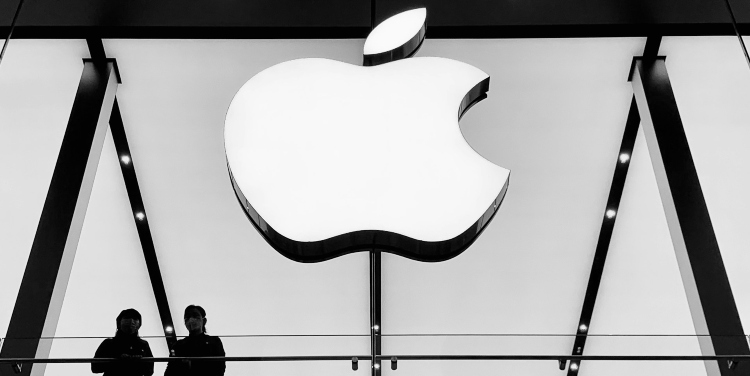Apple’s third-quarter 2024 financial results exceeded market expectations and surprised both analysts and investors. The company reported a 5% increase in total revenue, reaching $85.78 billion for the period, thanks to strategic and operational decisions. However, despite this positive performance, Apple stock price surprisingly dropped.
However, there was a slight decline in smartphone sales, which account for about 46% of Apple’s revenue. The company earned $39.29 billion from iPhone sales, a 1% decrease compared to the same period last year. This drop is attributed to heightened competition and the maturing nature of Apple’s smartphone products. Despite this, iPhone sales remain a key revenue driver for Apple.
This quarter, Apple significantly increased its spending, largely in preparation for the fall launch of its new Apple Intelligence suite of AI features. AI and machine learning are integral to Apple’s strategy, influencing everything from personal recommendations to advanced security and user interfaces. Unlike many competitors investing heavily in broad AI systems, Apple takes a more focused approach by integrating AI into its products. For example, Siri, an early voice assistant, relies on a specialized AI system, and Face ID uses AI for secure facial recognition. These innovations aim to enhance user experience rather than merely showcase technology.
Instead of building all technologies from the ground up, Apple prefers acquiring small but promising startups with ready-made AI solutions. This strategy helps reduce costs and speeds up technology adoption. As with any automated trading software that uses AI as a basis, for Apple, its use is more organic in nature, bringing profit not only in the short run but also in the long run.
Despite declining iPhone sales, Apple’s iPad and Mac segments showed positive performance. iPad sales increased due to rising demand for versatile devices in corporate and educational settings. Mac revenue grew by 2% to $7 billion, although it fell slightly short of analyst expectations, possibly due to slower update cycles in both corporate and consumer markets.
Revenue from wearables, accessories, and consumer electronics dropped 2% to $8.10 billion. However, this figure exceeded analyst forecasts and underscores Apple’s strong position in this segment. Notably, two-thirds of Apple Watch buyers last quarter were first-time purchasers, indicating significant growth potential.
The lion’s share of the company’s growth is in the service sector, with the revenue increased by 14% (to $24.21 billion) compared to last year. Services like Apple Music, Apple TV+, and iCloud continue to drive this growth, making the services segment the fastest-growing part of Apple’s business.
Overall, Apple’s third-quarter performance highlights the company’s resilience and adaptability. Despite challenges in certain areas, investments in artificial intelligence and a robust service portfolio contribute to sustained revenue growth and position Apple well for future market demands.
David Prior
David Prior is the editor of Today News, responsible for the overall editorial strategy. He is an NCTJ-qualified journalist with over 20 years’ experience, and is also editor of the award-winning hyperlocal news title Altrincham Today. His LinkedIn profile is here.













































































